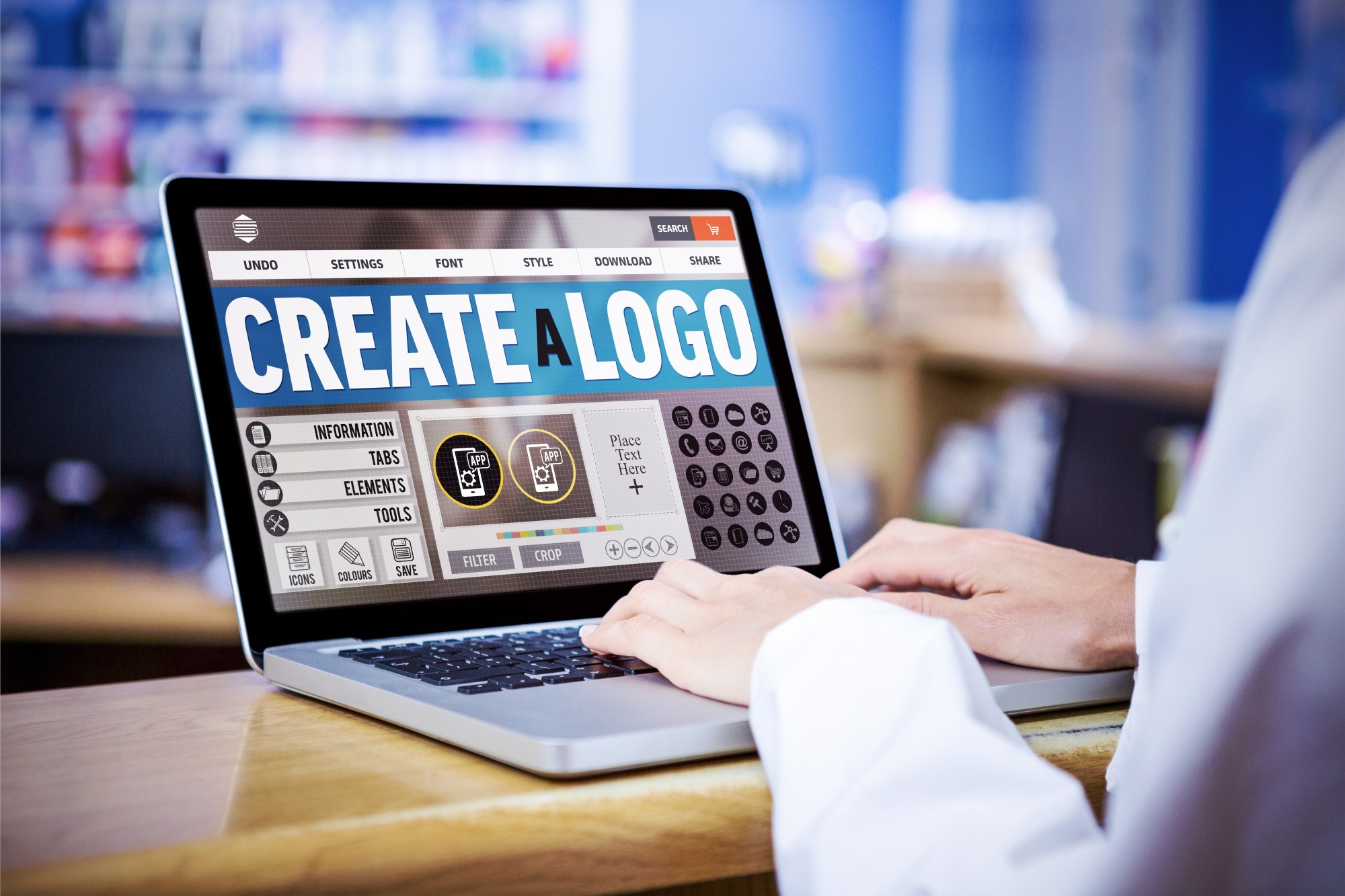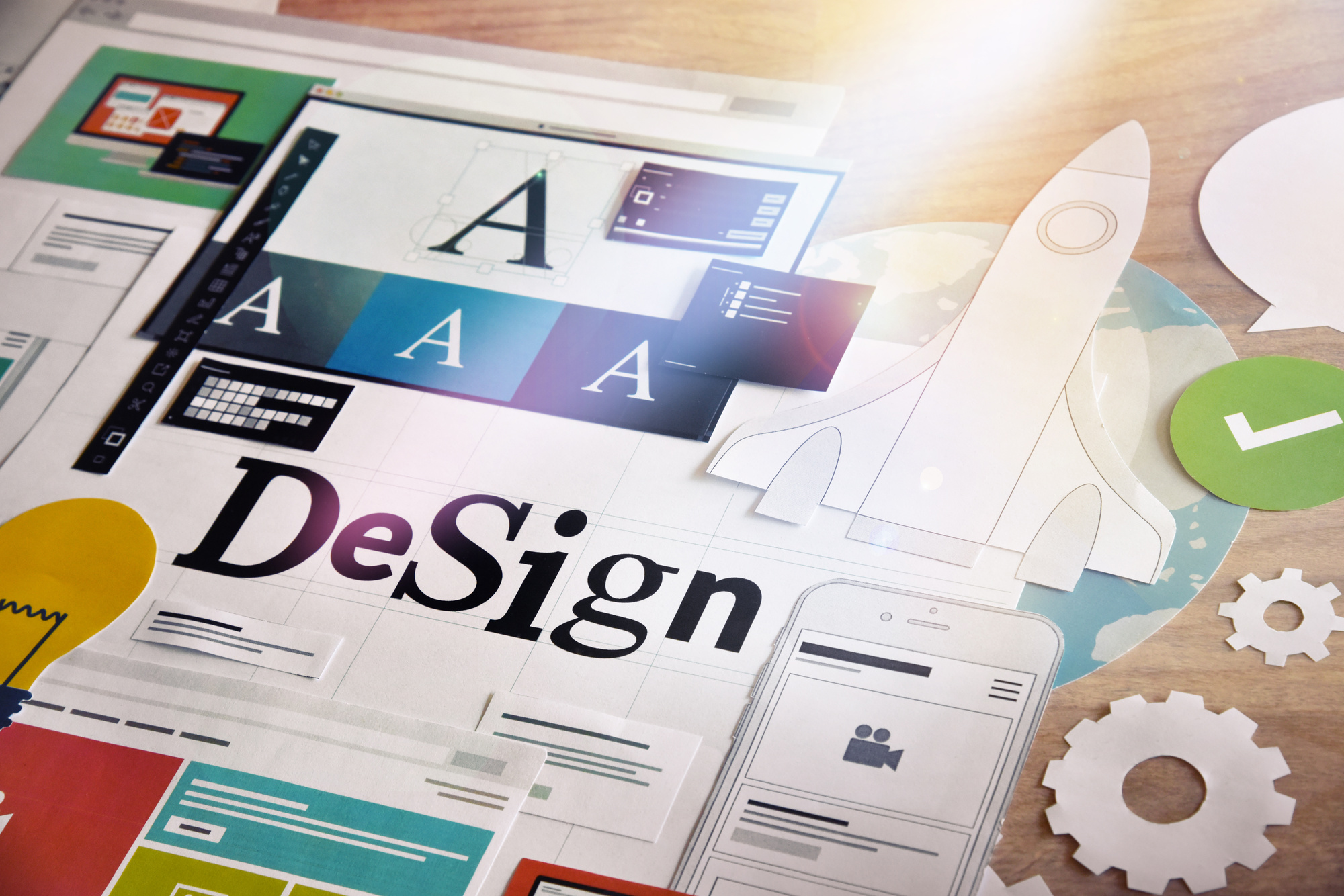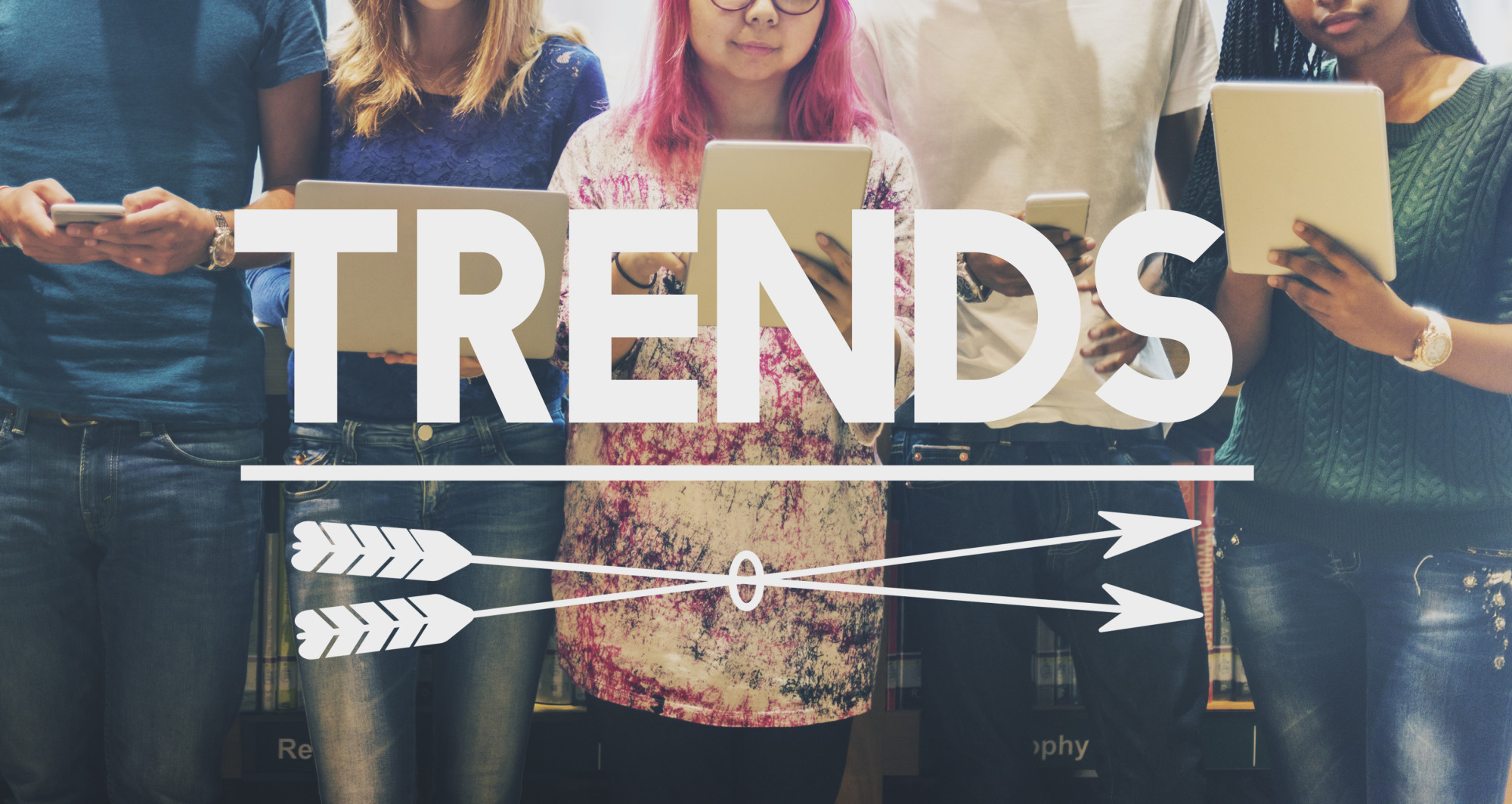How to Promote Your Logo and Brand: The Best Marketing Tricks
Posted on April 24, 2020 by Logo Design Tips and Tricks

Let’s be real: when it comes to businesses, everyone does judge a book by its cover.
That’s why promoting your logo and brand are some of the most important marketing methods around. However, many businesses don’t know the best way to get started.
Interesting in promoting your own logo and brand like never before? Keep reading to discover the best marketing tricks around!
Valuable Content
By now, you know that what your customers really crave is content. But certain forms of content marketing are more effective than others.
To a customer, the most valuable content is the kind that helps them out. This includes infographics, “how-to” videos, or even just blogs that help them save money.
Once you help someone out, they will be likelier to remember who you are. And if your website and other content is sporting a memorable logo, they will remember that logo as well.
Social Media Icons and Backgrounds
In our increasingly digital world, more people interact via social media than ever before. Because of this, details like your social media avatars and backgrounds are a crucial part of your online identity.
That’s why you should incorporate your logo into social media. As marketing goes, it’s simple and eloquent: people will see that logo every time that you make a post. And when someone shares your content, even more people will notice your logo.
This is a good “two for one” strategy because it builds awareness of your brand and your logo at the same time.
Promotional Items
So far, we have focused on digital marketing. But for local marketing, there is nothing quite as effective as promotional marketing.
In fact, research by Promotional Products Association International found that after receiving a promotional product, 79% of consumers are likely to research the brand. And 83% of people are likelier to do business with the company that gave them something.
To really show off your logo, you can give away useful items like t-shirts, drink holders, and custom pins. These items satisfy your customers and also serve as conversation starters, turning those happy customers into ambassadors for your brand.
Influencer Marketing
When you want to really build your brand, you don’t have to do it on your own. In fact, one of the most effective methods is to embrace influencer marketing.
As the name implies, this is all about finding a relevant online influencer and getting them to help promote your product. Some influencers may only want promotional products in return, but others may require direct payment.
When you have a popular influencer building your brand and showing off your logo, it can do wonders for your online appeal. Such influencers are the real tastemakers of the digital age, and this is your chance to win over a large chunk of their fans.
Marketing Tricks: The Next Level
Now you know the best marketing tricks to build up your logo and brand. But do you know who can help you completely redesign your logo?
We specialize in helping companies stand out in a crowded digital landscape. To see how we can help you redesign your brand, check out our online Logo Maker today!
5 Logo Design Principles for Recognizable Branding Success
Posted on April 23, 2020 by Logo Design Tips and Tricks

Do you want to have a logo that’s as iconic as Mac’s apple or McDonald’s golden arches?
When it comes to attracting potential customers, logos are often a business’s first chance at creating a lasting impression.
However, it can be quite difficult deciding on the perfect design. However, you’ll be glad to know that there are certain principles of logo design that can help you reach your branding goals.
Keep reading to learn about 5 logo design principles for recognizable branding success.
1. Consider Visibility
The best logos are those that are still visible and recognizable even when their size is diminished.
A crucial logo design principle states that your logo should be able to fit within an area of 2 centimeters squared. If the logo can’t fit within such a small area or if it becomes incomprehensible, then you need to scrap it.
2. Make It Versatile
You’ll want to have a logo can that can be adapted to almost any situation.
The logo’s ability to be miniaturized is only one factor. It needs to be able to adapt to digital formats, print formats, and more.
Depending on the type of logo, you may want to have the option of moving components around if need be. This is where basic logo designs come in handy.
3. Don’t Rely on Color
When you’re first designing your logo, you should use only black and white.
The reason for this is because there will be situations in which your logo can’t be presented in color, such as on a receipt. When that happens, you need to make sure that potential customers can still recognize it.
Of course, once you have the basic design down, then you can make it vibrant with one or more colors.
4. Let It Pop
While your logo shouldn’t be too complicated, it also should be something that will stay in people’s minds.
One way to test if your logo is memorable enough is by showing it to someone for about 10 seconds. Once the time is up, hide the logo and ask them to draw it from scratch.
If they don’t even get close, then you’ll need to think of a different design.
5. Express Your Business
Your logo could be memorable and clever but that won’t mean much if it doesn’t reflect in some way what your business is all about.
Whether you sell golf supplies or custom shoes, the logo should be an expression of your products, services, and overall atmosphere.
Of course, you could hire someone to follow these principles and make an expensive logo or you can make logo in minutes.
Ready to Follow These Logo Design Principles?
Now that you’ve learned all about 5 logo design principles for recognizing branding success, you can work toward having the next iconic logo.
Do you want to stay up to date on all things related to business, marketing, technology, and more? Bookmark our website so that you’ll never miss out.
Logo Design Process: Effective Ways to Brand Your Clients
Posted on April 20, 2020 by Logo Design Tips and Tricks

“Can you design a logo for us?”
These 7 little words can be awfully intimidating if you’re new to logo design. Where do you start? What if they don’t like it?
Professionals have a process that they follow, so they’re never left asking these questions.
Keep reading to learn all about the logo design process.
Brief the Client
The first and most important step of this entire process is to talk to the client! Clients want to be part of the process and to feel like they have a say, so sitting down and talking about their ideas is vital.
Ask your client questions:
- What does your brand represent?
- Who is your brand’s audience or clients?
- What are the goals of your business?
- What makes you different from other businesses?
The answers to these questions will help you know what your clients want to say with the logo.
Additionally, you should verify with the client what type of logo they are looking for.
- Abstract
- Pictorial
- Wordmark
- Combination Mark
Be sure to get an idea of which ones they would like. Logos will serve different purposes. So if they’re looking for a website header logo, that will be very different than a storefront logo.
Research
The next step is to research. What are competitors in the same field doing? How can you design something unique and better than what the competitors have?
This is a critical step! The last thing you want to do is preset a client with a logo that’s similar or not as nice as a competitor’s.
Brainstorming and Sketching
It’s time to start designing! You’ll want to start by brainstorming through your favorite method. Maybe this is a lot of post-it notes on your wall or a mind map.
It can help to visualize words that are associated with your client’s brand. Brainstorming and sketching will be a very intuitive process that comes with experience, but if you need some inspiration, head to Pinterest.
Another great way to brainstorm is to create a mood board that represents the brand.
Digitalize the Design
Once you have a rough sketch, you’ll want to take to an online program to start digitizing the design. Programs like Adobe Illustrator are the industry standard, but if you work in an HTML program and need to move from html to pdf converter c# to send materials to your client, that is always an option.
Presentation
The final step (unless edits need to be made) is to present the logo!
Along with the logo, many designers will also send a color palette and other types of logos, depending on what the client paid for.
Create Your Logo Design Process Today
Now that you know how to create a logo design process, start making it your own today. Each designer’s process will be different and will vary by client and experience.
If you’re still not sure about the process, keep reading to learn more on our blog!
5 Popular Business Logo Trends in 2020
Posted on April 06, 2020 by Logo Design Tips and Tricks

Every serious business invests in a professional logo that represents the brand and helps make it recognizable. Take, for example, Coca Cola, Nike, Apple, and Amazon — their logos are among the most popular in the world. More importantly, everyone can recognize the company just by seeing the logo.
However, logos aren’t just graphic elements. They help build brand awareness and make the company stand out from its competitors. You should make yours unique and eye-catching, without being overpowering.
Here are five fresh logo trends for 2020 to help you find inspiration for your company logo.
1. Minimalism With a Twist
One of the most influential logo trends 2020 is minimalism, but with a twist or a pop of color. Simple, clean logos will always be the safest choice, but designers and brands will spice them up with eye-catching elements, hand-drawn details, or playful details.
Minimalism will also apply to typography logos, where you’ll see thin lines, neutral colors, and warmer fonts.
2. 3D Gradients
Gradients are a great way to make even the simplest logo instantly recognizable. It’s the perfect way to insert your brand colors subtly and get a modern logo design. Also, one of the best new logo designs for 2020 will be a 3D gradient logo, with depth, shadows, and shapes that make it come to life.
3. Animated Logos
Animation is one of the latest logo trends that’s growing by the minute. Animated logos are the easiest way to catch your audience’s attention and get them intrigued.
If you’re looking for inspiration, get some free stock images to use a background for your logo or typography design. Then, you can turn the images into a unique logo to reflect your company’s personality.
4. 80s and 90s Logo Designs
The 80s and 90s will prevail in the 2020 logo design, mainly as there’s longing for these times. These logos will have lots of colors, animations, pixels, chromes, and neons. In typography logos, we can expect typical 80s and 90s fonts with tubular design and thick lines.
Feelings of nostalgia and memories are a significant element, so you’ll often see brand new companies featuring retro logos and funny letters and colors.
5. Geometric Logos
Geometry is becoming a trend in logos in 2020. There’s a need for symmetry, structure, and clean lines that make logos easy to remember. Geometric logos are also easy to customize and switch up without changing the entire style of the logo.
Whether it’s a graphic element or a typography logo, there will be a lot of triangles, sharp angles, and geometric mosaics.
Get Inspired With These Logo Trends for 2020
Whether you’re a business owner or want to grow your brand, having a unique logo will help you stand out and attract your customers’ attention.
By staying in the loop with the logo trends, you can see which elements work best for your brand and how to implement them into your story.
Want more logo trends and graphic design tips? Check out some of the other articles on our website and stay tuned for the latest industry news and updates.








